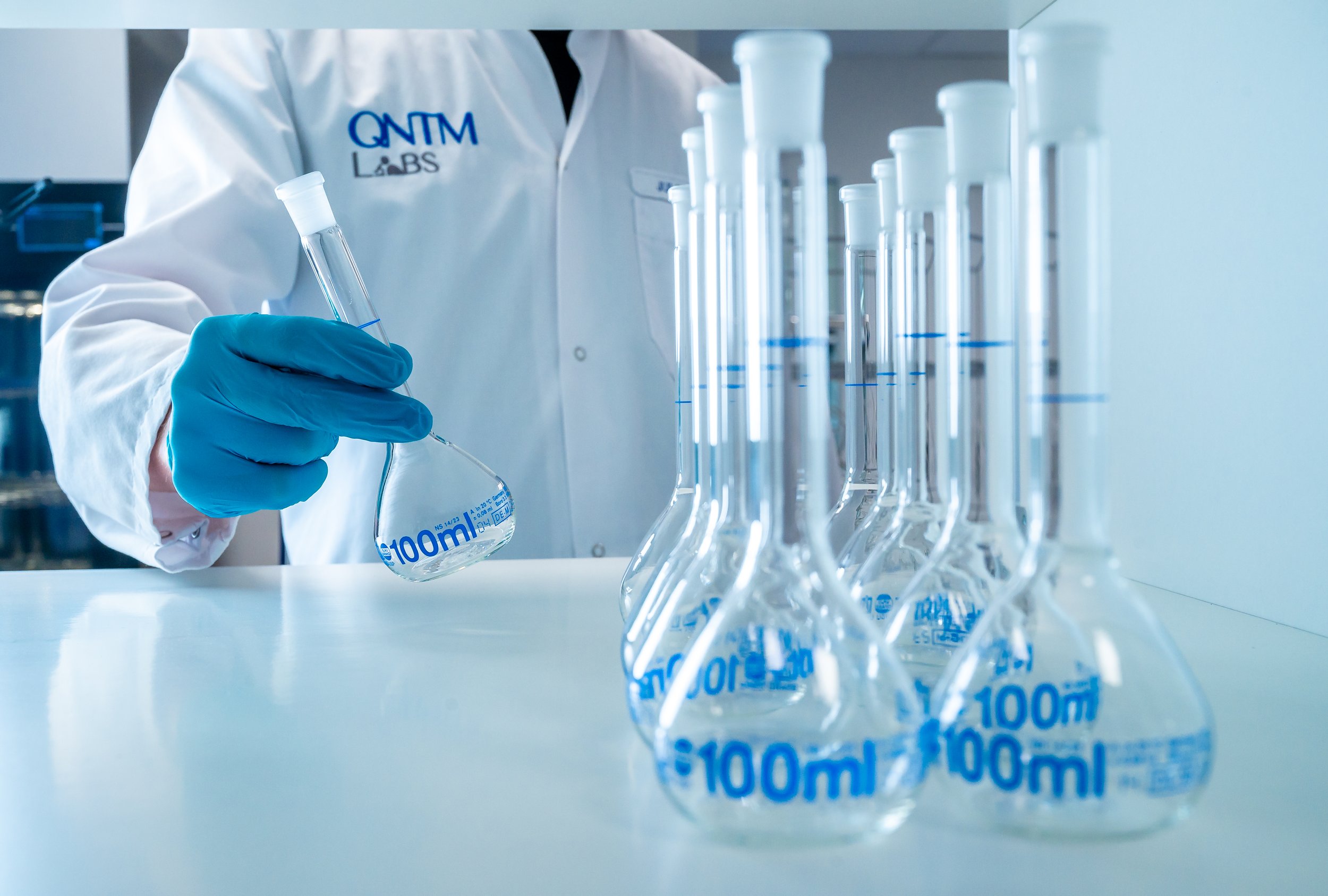
Natural Product Testing
Testing of complete monograph of Cannabis Flower according to:
Ph. Eur. 07/2024:3028
DAB (German Pharmacopeia)
We provide specialized natural product testing services, including comprehensive monograph analysis of Cannabis Flower. Our tests adhere to stringent standards set by the European Pharmacopoeia (Ph. Eur.) and German Pharmacopeia (DAB), ensuring products meet the highest levels of quality and safety.
We employ advanced analytical techniques to analyze cannabinoids, identify contaminants, and provide product integrity, supporting our clients in navigating the regulatory landscape for herbal products.
Examples of analysis and testing focus
Identification A, B, and C (TLC):
Confirming the identity of cannabis through various pharmacopeial methods to ensure the correct strain and quality.
Foreign Matter (Ph. Eur. 2.8.2):
Check for any unwanted materials within the sample to ensure purity.
Loss on Drying (Ph. Eur. 2.2.32):
Determining the moisture content to ensure the product is dried adequately affects quality and shelf life.
Total CBN and Assay of Cannabinoids (Ph. Eur. 2.2.29):
Quantifying cannabinoid content, including CBN, to determine the potency and profile of the product.
Heavy Metals (Ph. Eur. 2.4.27):
Testing for arsenic, cadmium, lead, and mercury to ensure concentrations are within safe limits.
Pesticides (Ph. Eur. 2.8.13):
Detecting and quantifying pesticide residues to confirm compliance with safety standards.
Microbial Purity (Ph. Eur. 5.1.8. or Ph. Eur. 5.1.4):
Assessing microbial contamination levels to ensure microbial safety and compliance with pharmacopeial requirements.
Aflatoxins (Ph. Eur. 2.8.18):
Testing for aflatoxin contamination is crucial for ensuring the product is free of harmful mycotoxins.
Total Ash (Ph. Eur. 2.4.16):
Measuring the residue upon complete burning to assess the amount of inorganic compounds in the cannabis.
Macroscopic and Microscopic Appearance (DAB standards):
Detailed examination of the physical characteristics to verify consistency and quality.
Liquid Chromatography (UHPLC-PDA) according to Ph. Eur. 2.2.29:
Advanced chromatographic techniques to ensure precise identification and quantification of chemical constituents.
All analyses adhere to with ICH or client specific standards.
